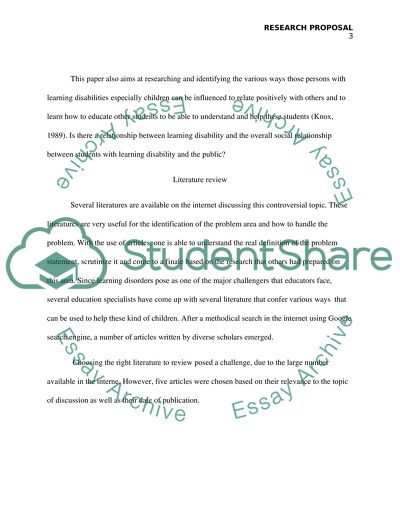Cite this document
(“The influence of learning disabilty disorder on the social behaviour Research Proposal”, n.d.)
The influence of learning disabilty disorder on the social behaviour Research Proposal. Retrieved from https://studentshare.org/psychology/1402545-research-proposal
The influence of learning disabilty disorder on the social behaviour Research Proposal. Retrieved from https://studentshare.org/psychology/1402545-research-proposal
(The Influence of Learning Disabilty Disorder on the Social Behaviour Research Proposal)
The Influence of Learning Disabilty Disorder on the Social Behaviour Research Proposal. https://studentshare.org/psychology/1402545-research-proposal.
The Influence of Learning Disabilty Disorder on the Social Behaviour Research Proposal. https://studentshare.org/psychology/1402545-research-proposal.
“The Influence of Learning Disabilty Disorder on the Social Behaviour Research Proposal”, n.d. https://studentshare.org/psychology/1402545-research-proposal.


